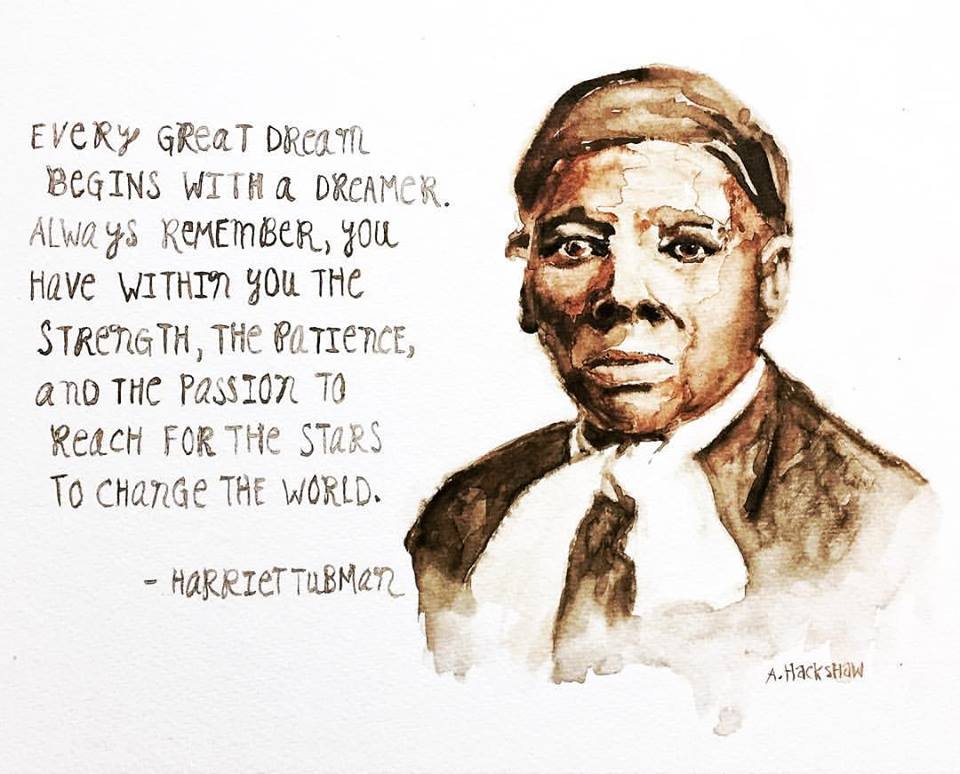

Ever the prose-poet himself, Du Bois, Black America’s Victorian sage, dubbed these “The Sorrow Songs,” America’s only truly original and genuinely sublime contributions, he boasted, to the greatest monuments of genius in the long history of civilization.ĭu Bois, in other words, gave not only a rhetorical structure to the historical and dynamically unfolding multiple identity of this black nation within a nation, he found metaphors to name key aspects of their liminal cultural and social being. Du Bois’s signifying riff on the concept was to insert a “hyphen” as, itself, the liminal space that simultaneously separated yet connected the African American’s dual identity, as “an American” and “as a Negro,” as he put it, “two warring ideals in one dark body.” And third, Du Bois was the first scholar, I believe, to posit as an equal member of the canon of the artifacts of classical world civilization a specific corpus of the African American sacred vernacular form, forged from within the crucible of slavery by the enslaved, composed by “black and unknown bards,” as the poet James Weldon Johnson so aptly put it, in a poetic diction that itself was an astonishingly compelling example of an Africanized refashioning of King James English. Another was “double consciousness,” a metaphor with a long history tracing back at least to Emerson, if not beyond, to which Du Bois most probably was introduced by his mentor, William James. One was “The Veil,” behind which the social and spiritual life of a people-within-a-people unfolded in the fullest range of complexity of every other branch of human civilization.


Du Bois’ signal achievement was to employ two tropes that encapsulated both the history of a people freed from centuries of human bondage, finally, just 38 years before he published his book, railing at the beginning of a new century against the most diabolical attempts to deconstruct the transformations wrought by the 13th, 14th, and 15th Amendments and entrap African Americans once again as quasi-citizens stuck forever in the limbo of forms of neo-enslavement.

“The Souls of Black Folk,” the masterpiece in Du Bois’s considerable oeuvre, has deserved every bit of critical acclaim and explication it has received since its publication in 1903. No one did more to write the African American people into the textual universe of speaking subjects, as agents, than did William Edward Burghardt Du Bois in his canonical work of American literature.


 0 kommentar(er)
0 kommentar(er)
